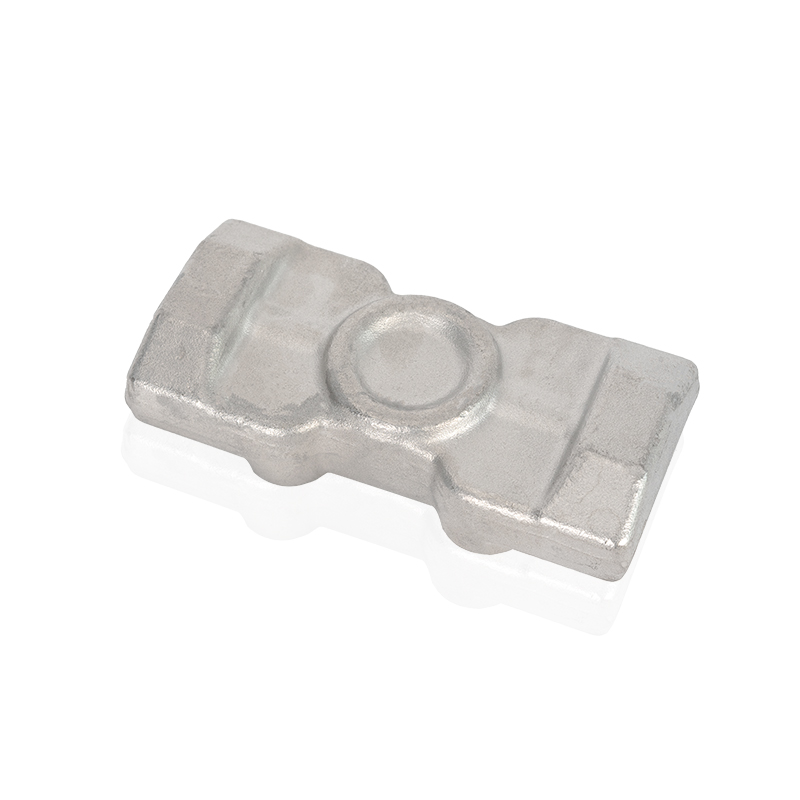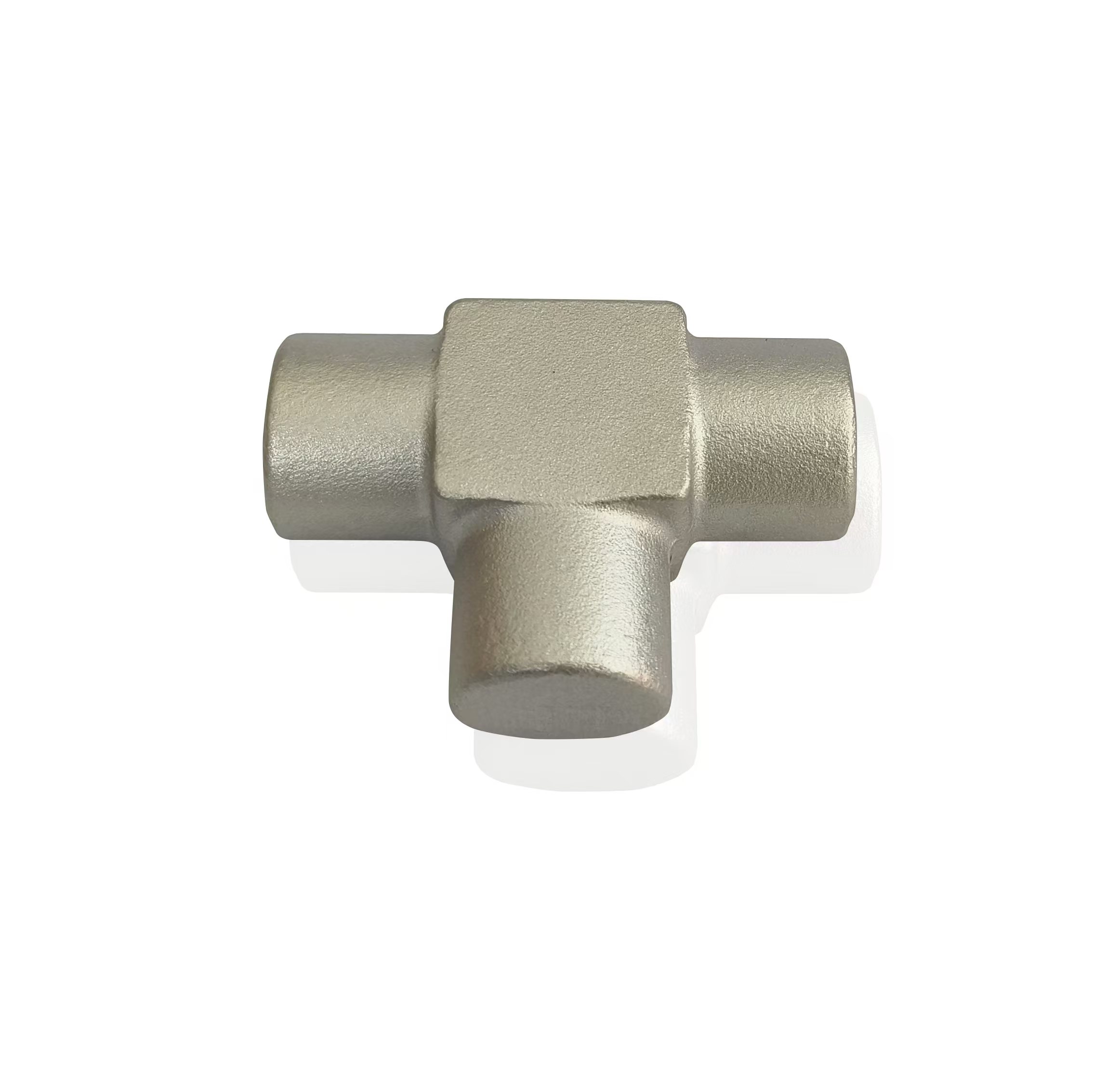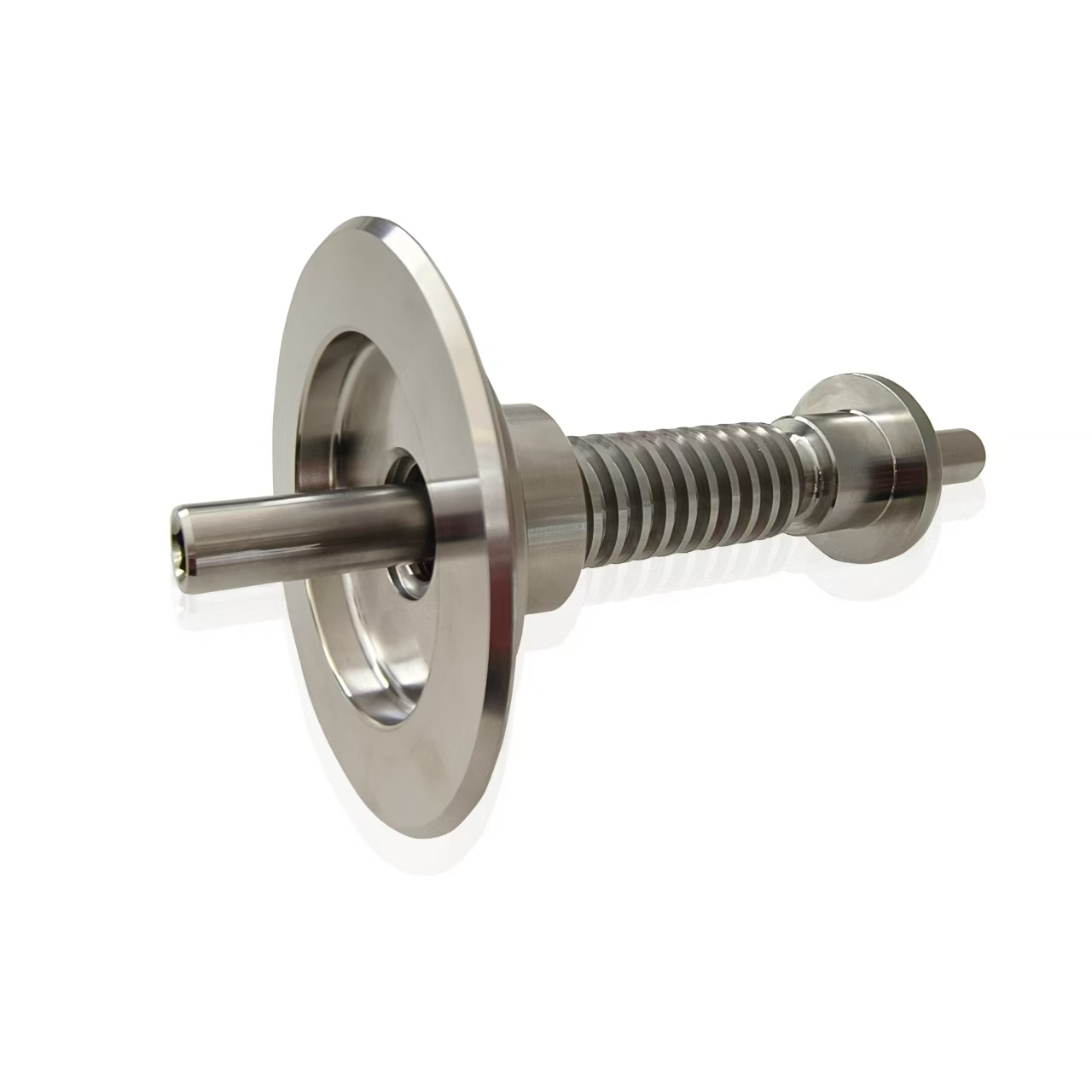How does a transmitter chamber flange ensure a sealed connection between the transmitter and the process vessel?
 2024.07.10
2024.07.10
 Industry news
Industry news
In industrial processes where precise measurement and control of variables are paramount, the integrity of every component involved is crucial. Among these components, transmitter chamber flanges play a pivotal role in ensuring a sealed connection between the transmitter and the process vessel or pipeline. This article delves into the mechanisms and factors that contribute to the effective sealing provided by transmitter chamber flanges.
1. Gasket or Seal Material Selection
A fundamental element in achieving a reliable seal is the choice of gasket or sealing material. Transmitter chamber flanges incorporate a gasket designed to withstand the specific conditions of the process environment. These gaskets are selected based on factors such as the temperature, pressure, and chemical compatibility of the process fluid. Common gasket materials include elastomers (such as Buna-N, EPDM, or Viton) for general applications, and specialized materials like PTFE or graphite for high-temperature or corrosive environments. The gasket forms a barrier between the mating surfaces of the transmitter chamber flange and the process vessel, effectively preventing any leakage of the process medium.
2. Precision Machining of Flange Surfaces
Critical to the sealing function of transmitter chamber flanges is the precision machining of the flange surfaces. Both the flange face of the transmitter chamber and the mating face of the process vessel undergo meticulous machining processes. These surfaces are machined to very tight tolerances to ensure flatness and smoothness. When the transmitter chamber flange is bolted or clamped onto the process vessel, the precise machining of these surfaces allows for intimate contact across the entire sealing area. Any imperfections or irregularities in the flange faces could compromise the seal, making precise machining a crucial aspect of sealing effectiveness.

3. Bolting or Clamping Mechanism
The mechanical force applied to the transmitter chamber flange is another key factor in achieving a secure seal. Transmitter chamber flanges are designed with bolt holes or clamping mechanisms that allow them to be securely fastened onto the process vessel. When bolts are tightened or clamps are secured, they exert a controlled amount of force on the flange, compressing the gasket between the flange faces. This compression creates a tight seal that prevents leakage of the process fluid. The number and size of bolts or clamps are selected based on the size of the flange and the operating conditions to ensure adequate sealing pressure.
4. Material Selection for Transmitter Chamber Flanges
Beyond the gasket material, the choice of material for the Transmitter chamber flange itself is critical. Transmitter chamber flanges are typically constructed from materials such as stainless steel, carbon steel, or specialized alloys. These materials are selected for their ability to withstand the specific conditions of the process environment, including corrosion, erosion, and mechanical stresses. The material must also be compatible with the process fluid to ensure long-term sealing effectiveness. Stainless steel, for example, is commonly chosen for its corrosion resistance, making it suitable for a wide range of industrial applications.
5. Seal Integrity Testing
Prior to putting the system into operation, it is standard practice to perform seal integrity testing on the assembled flange joint. This testing ensures that the transmitter chamber flange has been properly installed and that the seal is leak-free. Various methods may be used for seal testing, including pressure testing or bubble testing with a suitable test fluid. Detecting and addressing any leaks during testing helps to prevent operational issues and ensures the safety and reliability of the process.




















